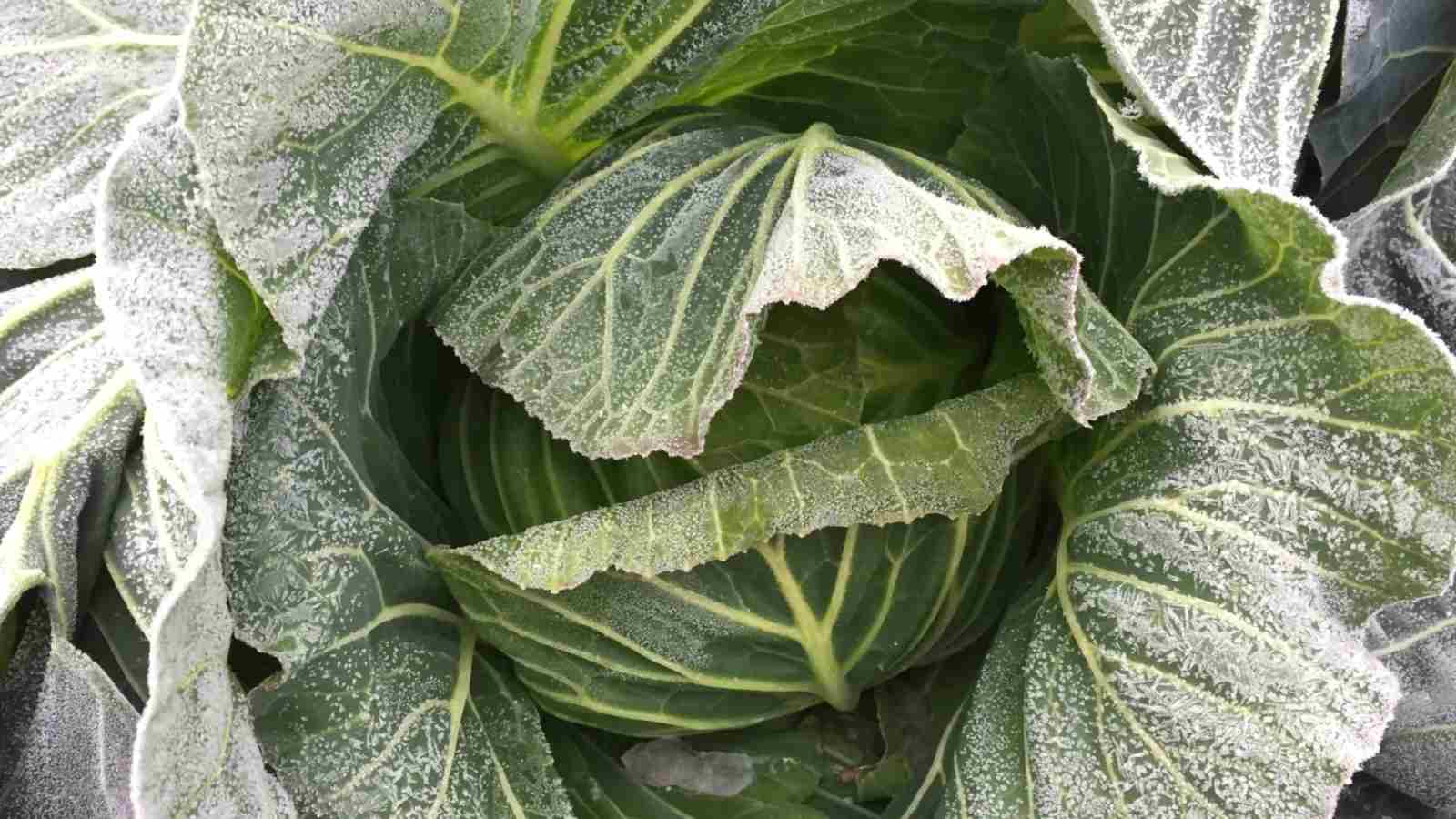Nice produce isn’t restricted to summer time; a few of the tastiest fall and winter veggies are able to take pleasure in in the course of the chilly months.
Some common winter vegetation are leafy greens that may deal with powerful circumstances like snow, rain, and even ice. Plus, you’ll additionally discover carrots, turnips, onions, and different veggies good for stews.
I’ve curated a listing of the 11 greatest hardy greens that aren’t bothered by chilly. You’ll discover a bit of little bit of all the pieces right here and are sure to search out the correct veggie to develop!
1. Spinach

Spinach is a troublesome little veggie that loves the cooler climate. This plant is tremendous versatile! You’ll be able to develop it in spring and fall, and even in winter if you happen to’re in a milder local weather.
This powerful vegetable doesn’t thoughts the chilly in any respect; in reality, the cooler climate can actually deliver out its taste! Spinach thrives in temperatures starting from 35 to 75 levels Fahrenheit and may deal with frost and light-weight snow fairly effectively.
To prepare for a fall harvest, plant your seeds round 6-8 weeks earlier than the primary frost is anticipated.
Spinach grows fairly shortly, and you can begin harvesting it simply 40-45 days after you plant it. This is a perfect alternative for gardeners who desire a easy and speedy vegetable to develop.
2. Carrots
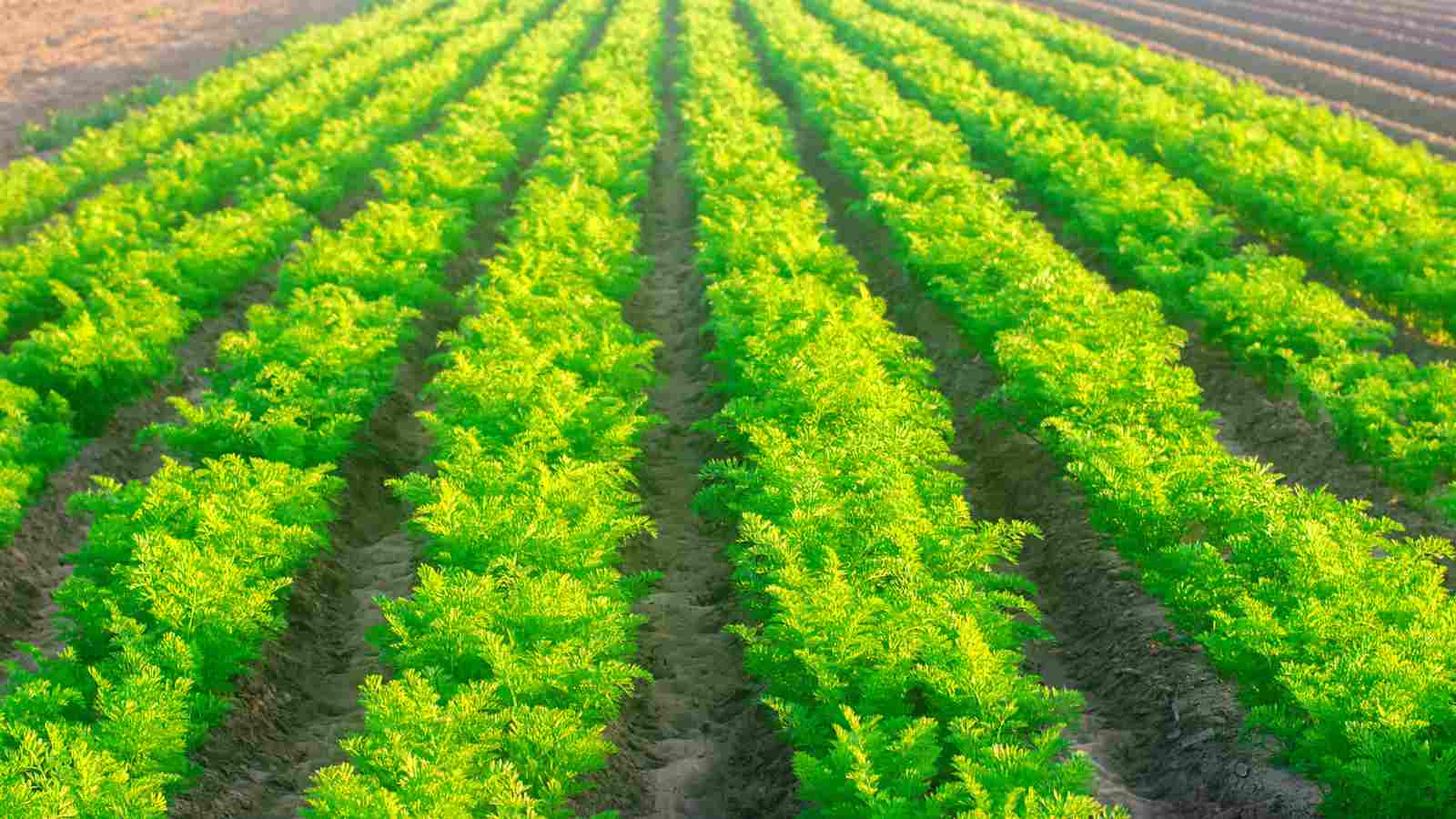
Carrots are a must have in any vegetable backyard, cherished for his or her crunchy texture and scrumptious sweetness. These are root veggies that do very well within the cooler months, in order that they’re a fantastic alternative for a troublesome vegetable that may deal with the nippiness.
Carrots are tremendous versatile and may thrive in several climates, however they actually shine in cooler temperatures. The great cool climate actually boosts their sweetness, so harvesting in late fall or early spring is simply good!
These powerful greens can deal with frost and even snow, holding on rising when different, extra delicate veggies won’t make it.
3. Turnips
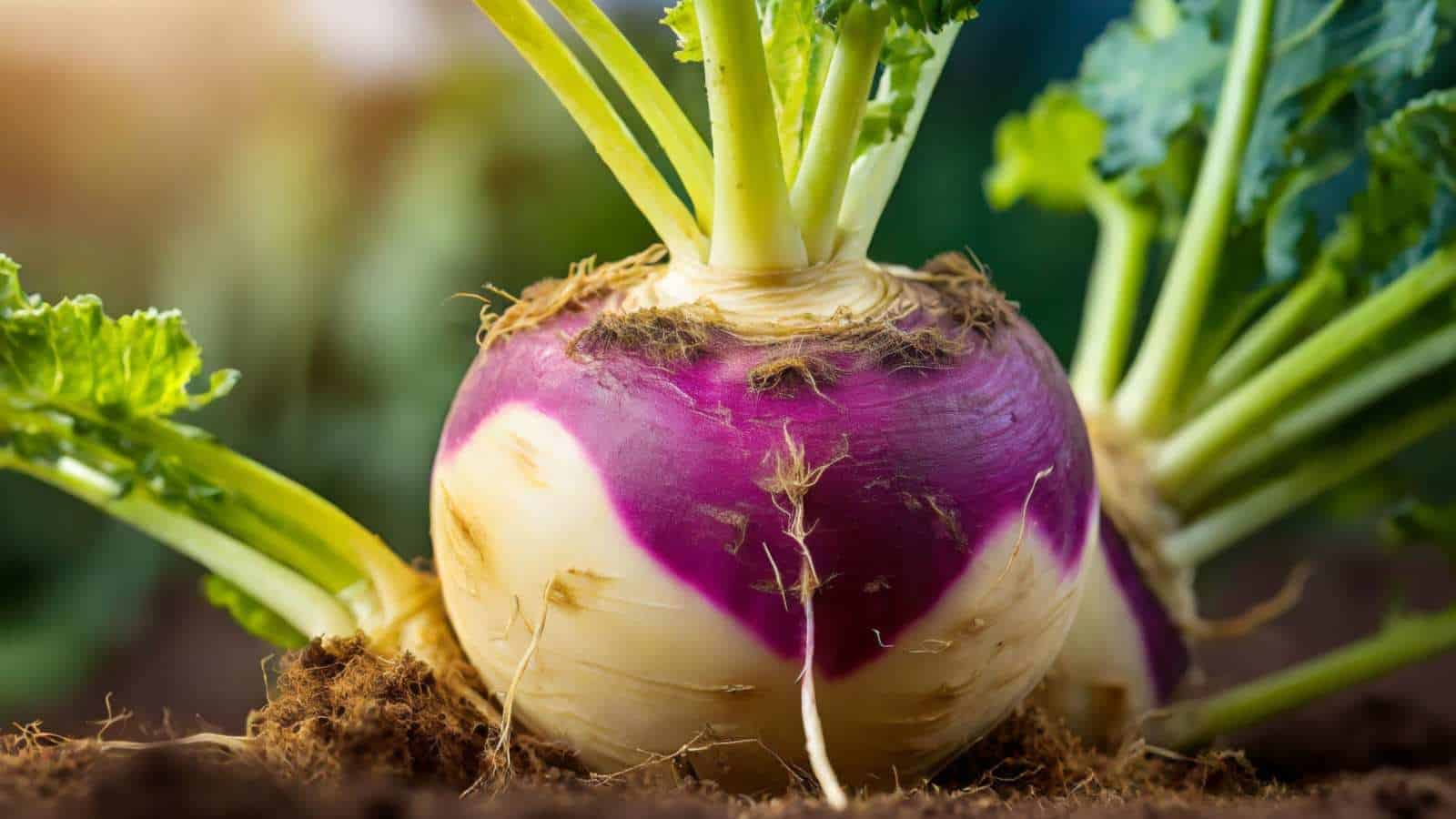
Turnips are a brilliant powerful vegetable that may deal with the chilly very well. They’re a cool-season crop, so you’ll be able to plant them in early spring or late summer time to take pleasure in a fall harvest.
Turnips are biennial vegetation, that means they end their life cycle over the course of two years. Through the first 12 months, they develop a spherical, bulbous root together with some leafy greens. Of their second 12 months, they bloom and produce seeds.
This root veggie not solely holds up effectively in chilly climate, nevertheless it really loves it! Do you know that the chilly can really deliver out the sweetness in turnips? It actually enhances their taste! Plus, they’re loaded with vitamins and might be included in all types of dishes, like soups, stews, and even roasted as a aspect.
4. Brussels Sprouts
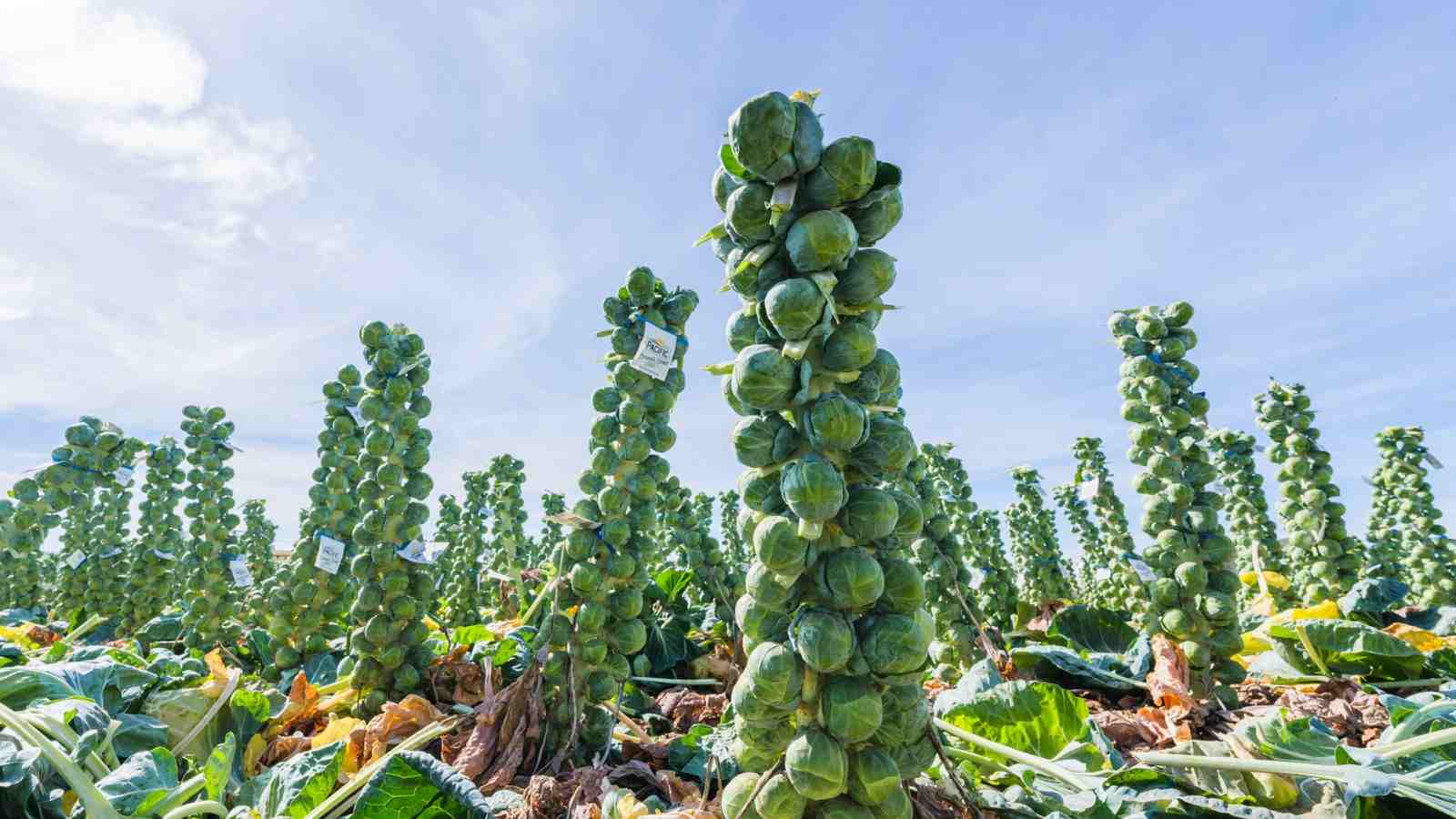
Brussels sprouts are recognized for his or her hardiness and knack for thriving in chilly climate. They’re a part of the Brassica household, which incorporates different powerful veggies like kale and cabbage.
Brussels sprouts really love the chilly climate and do very well in it! The chilly climate actually brings out their sweetness, making them much more enjoyable to eat! When you’re in a colder local weather or simply trying to maintain your backyard going a bit longer, these greens are a fantastic possibility!
5. Lettuce
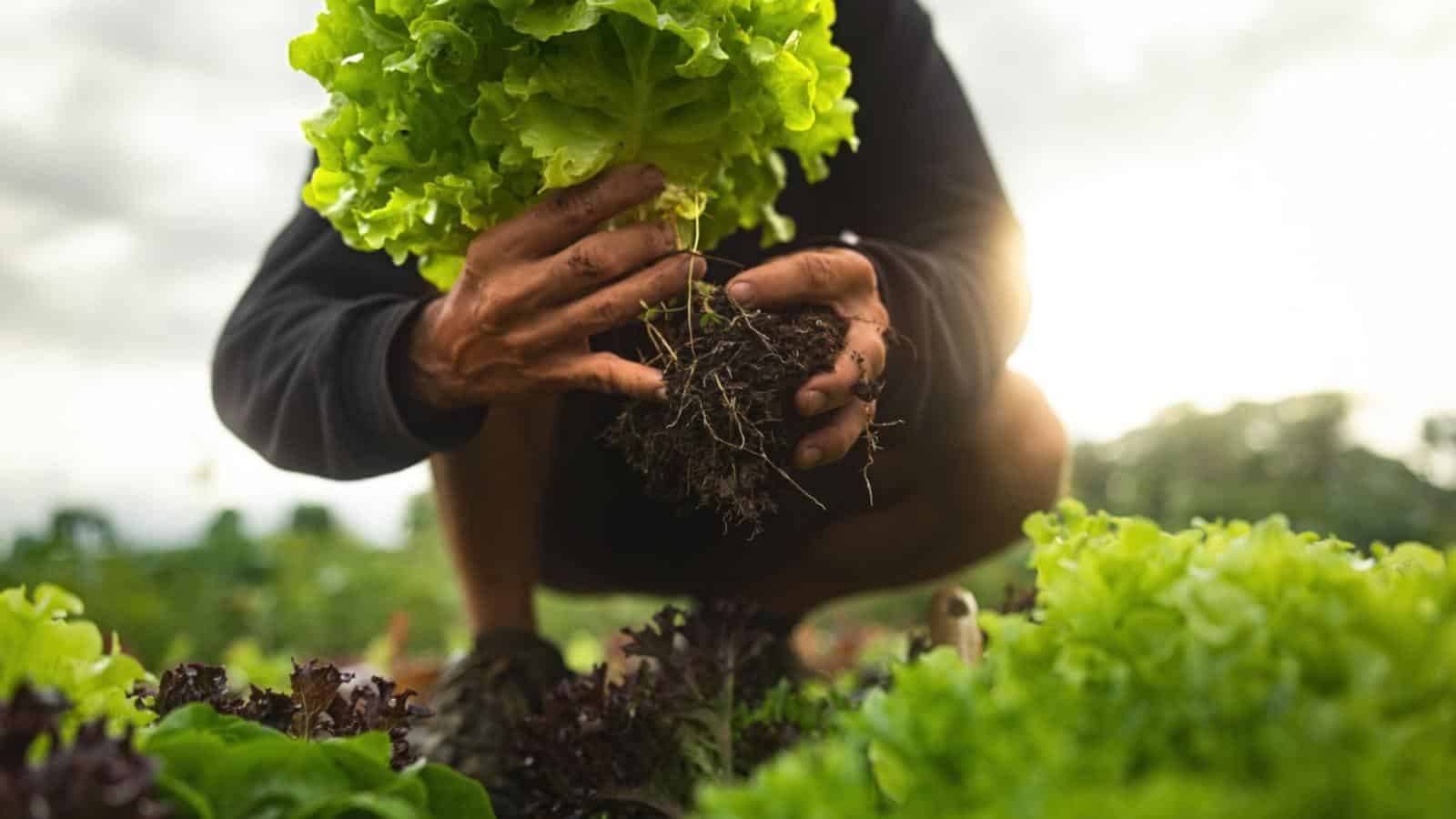
Lettuce is a troublesome and adaptable veggie that basically loves these cooler temperatures. As a grasp gardener, I’ve observed that lettuce actually doesn’t thoughts the chilly, which makes it a perfect possibility for planting in early spring and fall.
Romaine, Butterhead, and Iceberg are some lettuce varieties that basically deal with the chilly effectively. They’ll deal with frost and a bit of sunshine snow, nonetheless churning out these crisp, tasty leaves. Lettuce is a go-to in a lot of gardens, providing contemporary greens even when different vegetation may need a troublesome time with the chilly.
6. Cabbage
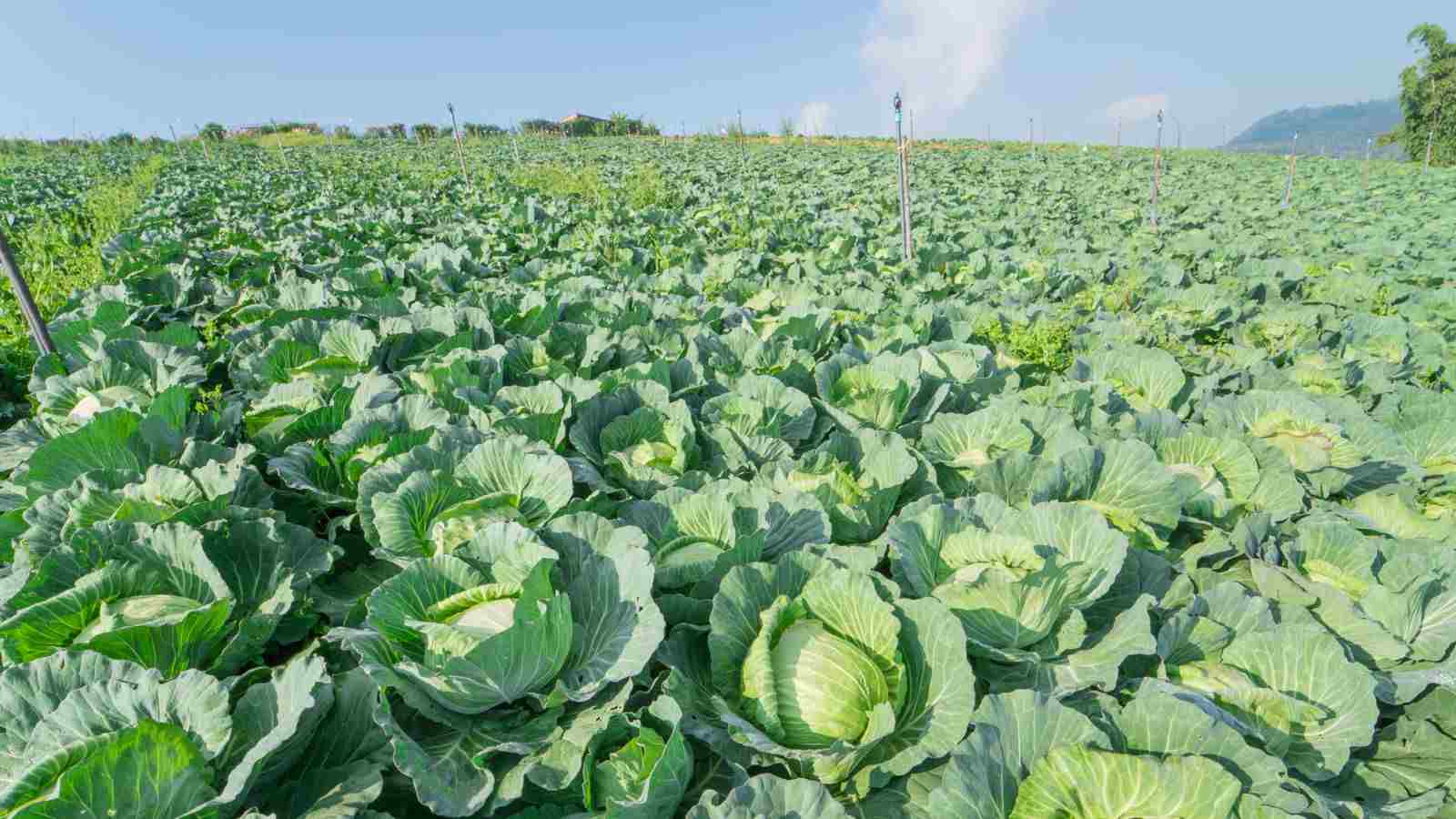
Cabbage is fairly powerful! It might deal with frosts and even mild snow, which makes it a fantastic decide for gardeners in chillier areas.
The plant’s potential to resist chilly is partly because of its thick cluster of leaves, which helps protect the inside core. Harvesting sometimes occurs in late fall or early winter, primarily based on when it was planted.
7. Kale
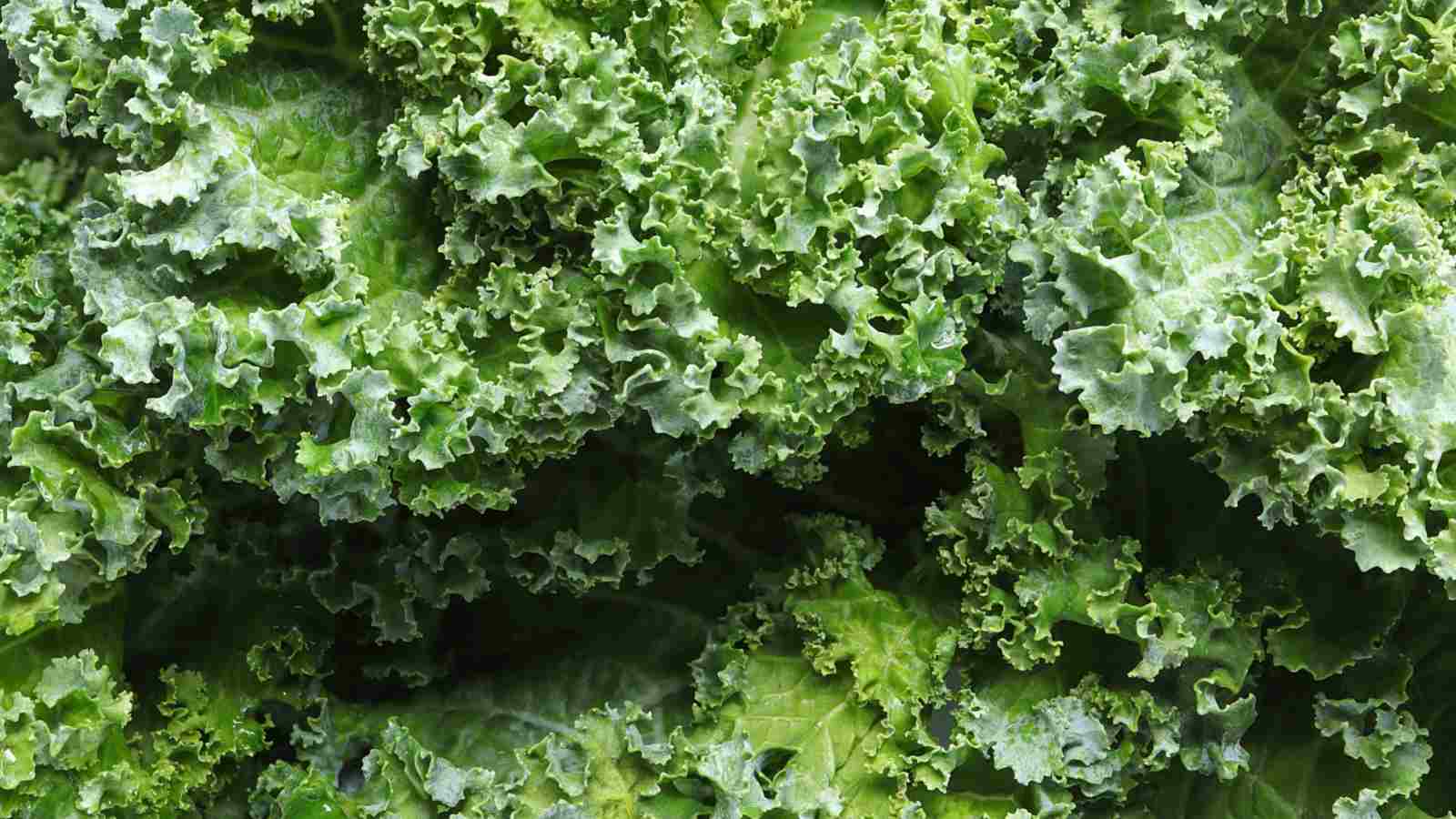
Kale is a troublesome and adaptable vegetable, recognized for its resilience in chilly climate. This leafy inexperienced loves the cooler climate which makes it good for these crisp spring and fall months.
Frost really enhances the flavour of kale actually will get a taste increase from frost, so chilly climate gives you a fair higher harvest. In truth, you’ll be able to really harvest this nutritious vegetable even when there’s snow on the bottom!
When you’re on the hunt for a troublesome, cold-resistant vegetable, kale undoubtedly deserves a spot on the prime of your listing.
8. Broccoli
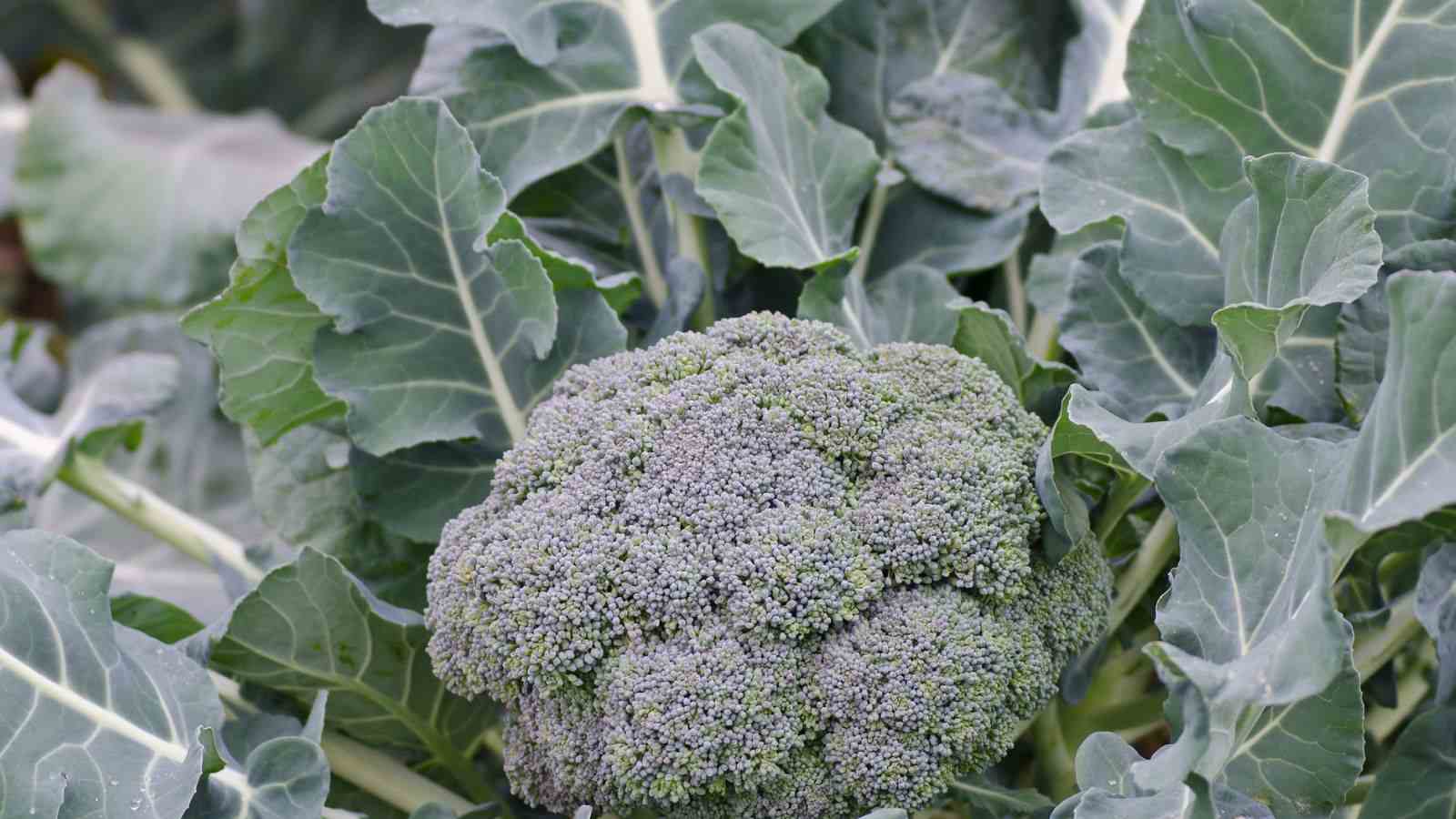
Broccoli is a hardy vegetable that may deal with the chilly simply effective. It really does very well in cooler climate and may deal with frost, which makes it a fantastic possibility for planting within the fall and spring.
For broccoli to thrive, it wants soil that drains effectively and is wealthy in vitamins. It additionally requires common and constant watering to develop these lush, inexperienced heads. Broccoli loves absorbing the solar, however it will probably deal with a little bit of shade too, particularly when the climate will get actually heat.
9. Cauliflower
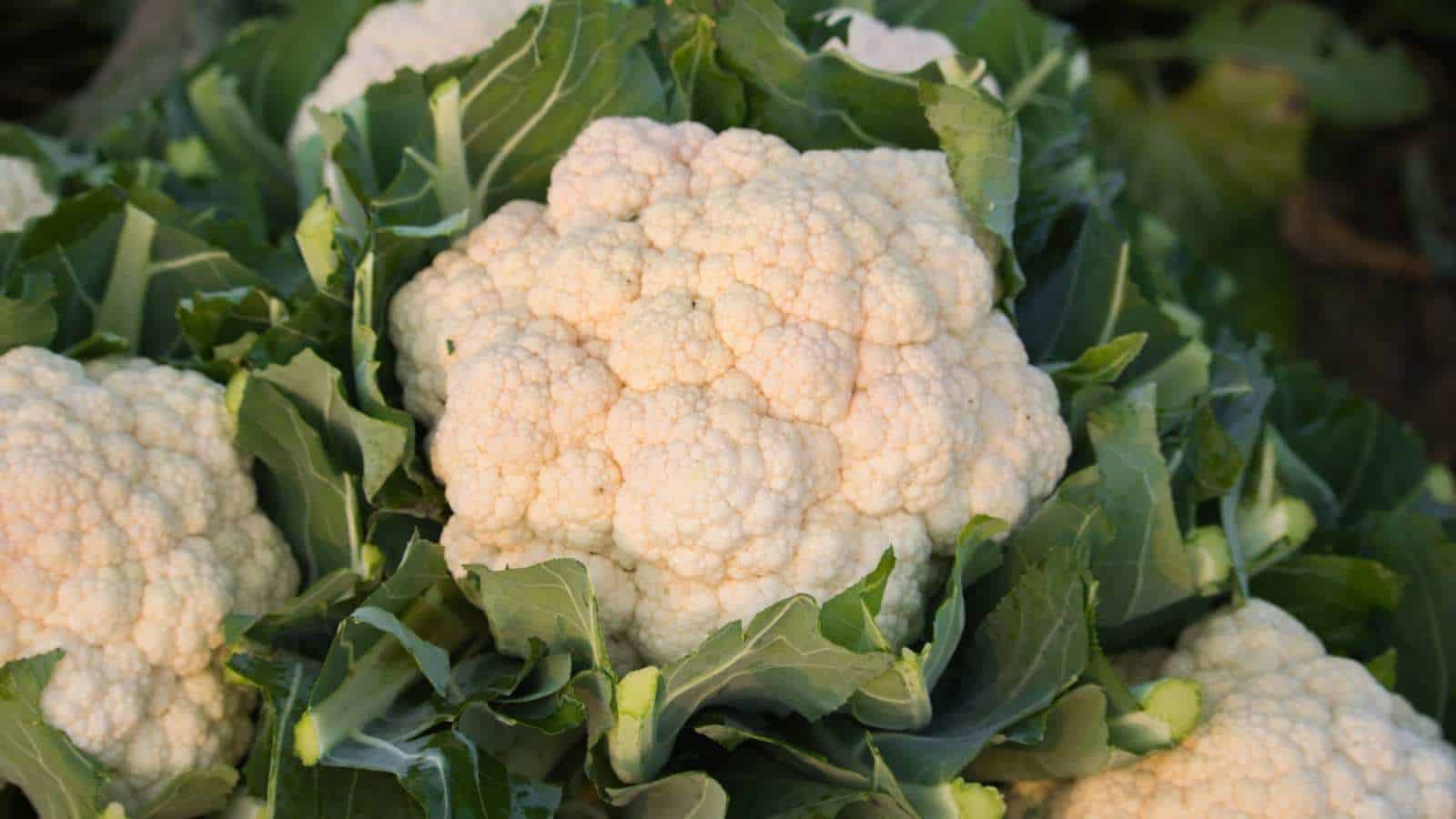
Cauliflower is a part of the Brassica household and does very well within the cooler months of the 12 months. This powerful vegetable can deal with chilly climate and even frost, so it’s a fantastic decide for planting in early spring or fall.
This plant comes from the Mediterranean area and has adjusted properly to varied climates.. To develop this cruciferous vegetable efficiently, be certain it will get loads of moisture and is planted in nutrient-rich soil. Take excellent care of your cauliflower, and also you’ll be rewarded with a fantastic harvest!
10. Rhubarb
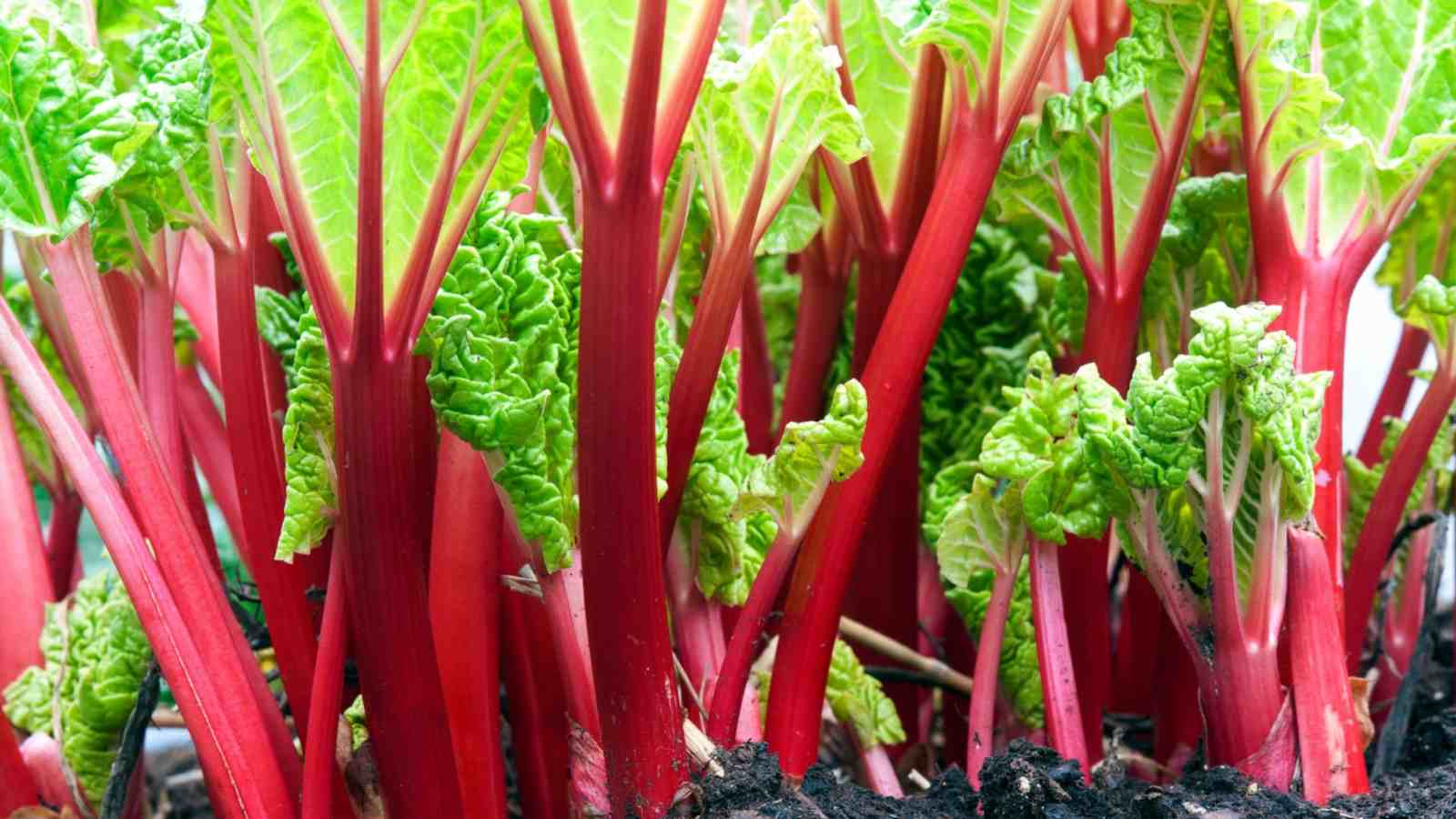
Rhubarb won’t get the eye it deserves within the backyard, however this powerful perennial is tremendous simple to develop and does very well in cooler climates. This is the reason it’s a fantastic possibility for gardeners in areas that have powerful winters.
Rhubarb is a hardy cool-season plant that may deal with temperatures dipping right down to -20 levels Fahrenheit. The massive, fairly leaves and brilliant purple stems actually make it a standout in any backyard.
Only a heads up, solely the stalks of the rhubarb plant are suitable for eating! The leaves have oxalic acid in them, and it may be a bit dangerous if eaten in massive quantities.
11. Mustard Greens
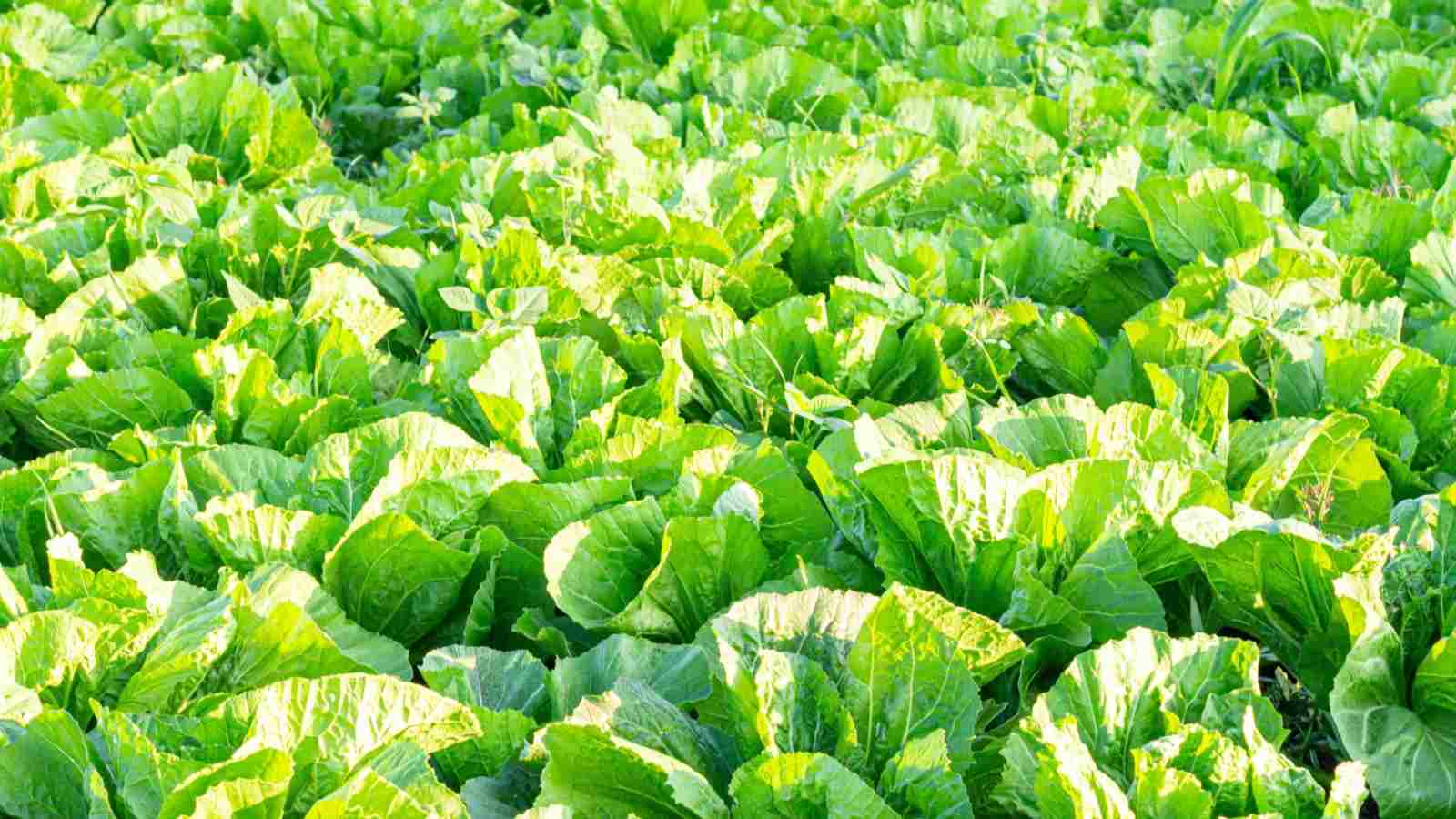
Mustard greens, or Brassica juncea, are a leafy inexperienced veggie well-known for his or her zesty taste and spectacular dietary advantages.
Originating from the Himalayan area of India, they’ve adjusted effectively to completely different climates and are particularly powerful in colder climate.
You’ll be able to plant them in early spring or late summer time, they usually’ll be prepared to reap in simply 4-6 weeks after you set them within the floor. They like loamy, well-drained soil and may deal with each full solar and partial shade.
Different Guides from Planet Pure:
Prepping Your Backyard for Winter: Novembers Should-Do Checklist
12 Meals to Supercharge Your Immunity
